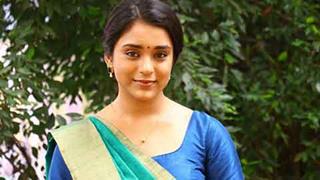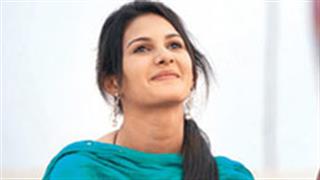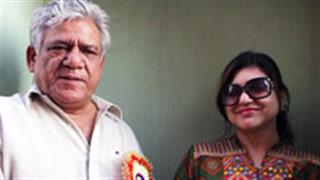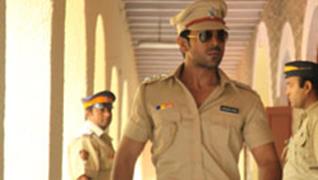Between August and December, 13 foreign 3D films will have hit the marquee. Clearly, international 3D films seem to be ruling the roost, but can the same be said vis-a-vis Indian cinema? Last year, three Hindi films -- Bhoot Returns, Dangerous Ishhq and Delhi Safari -- released in 3D.
This year, the number is higher. Warning, Bhaiyyaji Superhitt and Mumbai 125 KM will join Raaz 3D and ABCD: Any Body Can Dance in the exclusive league. In June, Mahesh Kothare's Zapatlela 2 became the first Marathi release in 3D. In the same month, a Telugu film titled Action 3D released becoming India's first comedy film in the genre, followed by Ashish Mittal's revenge drama, Om, in July. Last month, Manoj Chandrasekharan's Penangunni became a happy addition to the list from Kerala.

Meanwhile, rumours abound that Rajnikant's next Kochadaiyaan, may be a 3D film, too. The Tamil film, with a budget of Rs 125 crore - making it the most expensive Indian film ever -- is being directed by Soundarya Ashwin. However, it involves more of performance capture than 3D. And the tag of the first Tamil 3D film belongs to Ambuli (2012). Prime Focus is one of the Indian companies to work on the 3D technology.
Its Chief Creative Director, Merzin Tavaria, points to the commercial angle, `It's obvious that making a 3D film is going to cost more but what you receive in the end is value for money. Compared to Hollywood, Indian filmmakers are still not risk-averse but the trend is bound to move northward.`

Speaking of directions, Indian cinema to the north of Vindhyas is yet to catch the wind of change. Bengali directors have been pioneers in filmmaking but they have shied away from the idea of making their audiences wear dark glasses.
To his credit, Manny Parmar's Pehchaan released in February becoming the first Punjabi film in this genre. So what exactly is stopping more Indian filmmakers from taking the plunge? According to director Sujoy Ghosh, who used lots of special effects in Aladin (2009), scripts often don't match the technological requirements. `The greatest challenge is to find the right script. Nothing is possible without it.

Besides, not every script can be turned into 3D. Getting peopleto write a film with 3D in mind is a task in itself,` adds the Kahaani director. Kothare, who made his film at a budget of Rs 4 crore, spent Rs 1.7 crore on 3D alone. Having recovered Rs 8 crore at the box-office, he takes note of the commercial angle. `The fact remains that very few Indian 3D films have made exceptional business.
In Hollywood, the market looks at Avatar -- the most successful film in history -- as a reference point. Having said that, 3D is the future of cinema,` says the filmmaker whose next, Pachhaadlela 2, is also in 3D.
Picture-perfect, but pricy
Many a time, films shot in 2D are later converted to 3D, but no converted movie can match the experience that comes from shooting in 3D. `Unlike four years ago, a well-planned native 3D movie takes only 20 per cent more time to shoot which can be offset against the budgets required for converting the movie,` informs Vamsi Ayyagari of Eyeqube Studios. For movies that are heavily set against green screens, it makes sense to convert as bulk of the VFX is anyway generated in post-production.

While Hollywood made milestone films utilising the third dimension, many hastily rushed the post-production conversions in hope of a bigger bang of the box-office buck. While 3D arrived with a big bang and seemed that it would be the default format for projection in the future, the hype has died down over the past few years. `The number of 3D releases worldwide is on a decline.
Today only if stereoscopy adds value to the subject of the film do producers opt for 3D. Initially, there was a cost advantage in converting 2D to 3D stereoscopic films but as the technology to shoot the film in 3D is evolving and becoming more convenient, the difference in the cost is fast reducing,` adds Pankaj Khandpur of Tata Elxsi. However, the final decision will always be driven by the economics, story and the logistics. `In India, shooting native may be the way forward as most productions will find the conversion budgets to be expensive,` says Ayyagari.



















